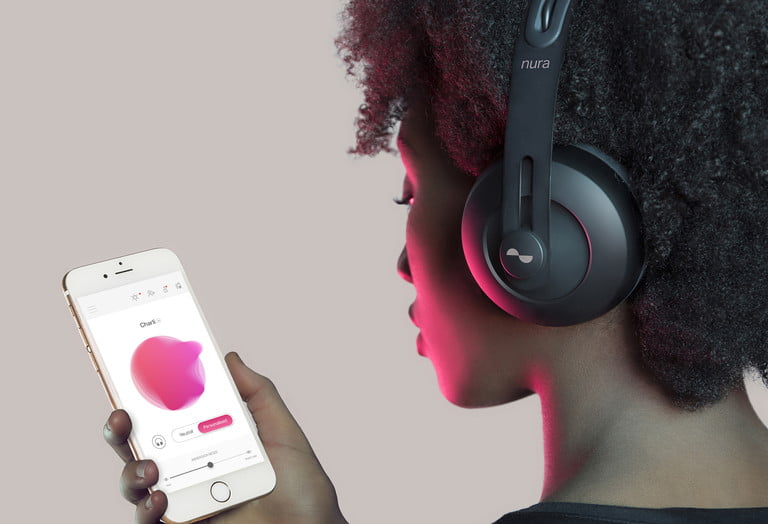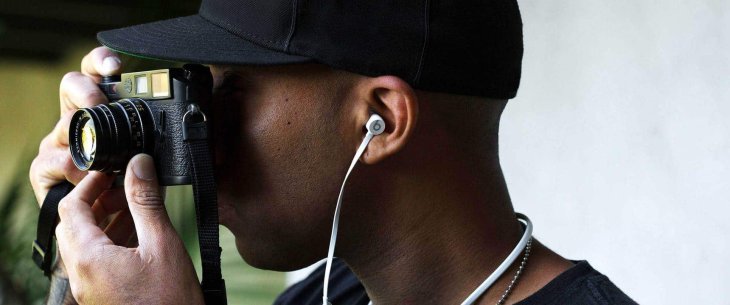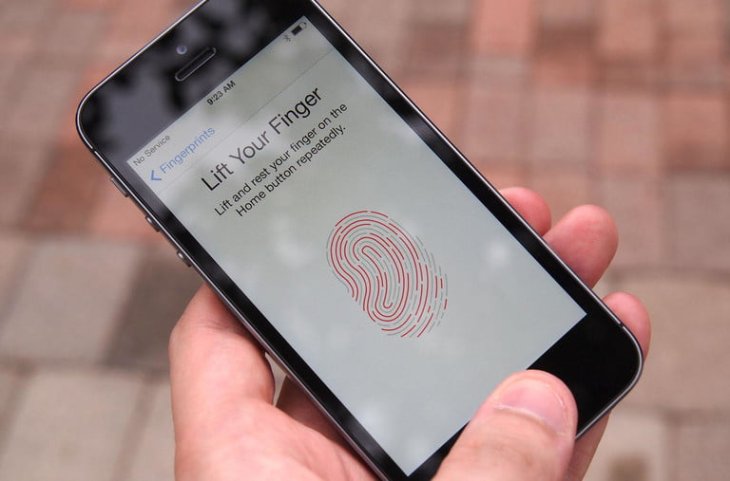Future Devices May Scan Your Ear’s Canal For Identification
Aadhya Khatri - Sep 23, 2019

The technology is called EarEcho, and it makes use of sound waves to recognize people’s unique geometry of their ears’ canal
- Apple Users Will Soon Be Able To Unlock iPhones While Wearing A Mask
- Indian iPhone Owners, Here Is How You Can Unlock Your Phone Even With A Mask On
- Coronavirus Has Turned Apple’s Face ID Into A Useless Feature
Password has caused lots of trouble for users, but the reason here is we tend to be suck at coming up with and remembering them. Even after hackers conducted a slew of cyberattacks over the last few years, there are some users who still use “password,” “12345,” or “Qwerty” to protect their devices or accounts.
We are living in a digitalized world where a security breach can expose almost everything about yourself, from your personal information to your bank accounts.
This is why biometric security is becoming more and more common. With this kind of system in place, users can cease to remember a string of letters and numbers and instead, all they have to do is…well, be themselves. It is based on the features we have been using for years to recognize each other, voice, face, fingerprint, or even the way one walks.
However, that is not the extent of what we can expect from a biometric security system. In the same way, we prove and agree that each person has unique fingerprints, over the years, experts have found out that the same is true to their faces, the vibration of the skin when someone speaks, heart-print, and even their butt shapes. All of these features have the potential to be used next to identify a person.
Identifying Users Via Their Ears
Recently, experts at the State University of New York found out about another way we can distinguish different people, and no matter how weird the idea may sound, it has a considerable potential to be applied in real life.

The technology is called EarEcho, and it makes use of sound waves to recognize people’s unique geometry of their ears’ canal.

The experts took a pair of earbuds and did some modification to them, like adding a microphone.

Tests were done with different genres of music, at various locations, and with the test, subjects sit or stand in many positions. The team achieved an accuracy rate of 95% and upwards after one second. This figure increased to 97.5% after two more seconds.
The Usefulness of EarEcho
Gao talked about a few situations where this technology could be extremely useful, like making a seamless unlocking system for smartphones. Apple’s Face ID works well but imagine the future when all we have to do is to put our earbuds on, and the device will recognize us immediately.

Another situation is when you want to make a confidential call to someone, and you have to make sure that you are speaking to the right person. EarEcho can ensure that for you, and this is even more important now than ever before as we are living in a world where making a deepfake audio mimicking a person’s voice is possible.
Banks might find EarEcho useful too as they can make use of the system to identify users without asking them a bunch of confidential questions to prove that they are the ones they claim to be.

However, we cannot be sure, at this point, that this technology will make it to reality. A few years ago, we had the same concern over facial, voice, and fingerprint identification. But now, they have become an integral part of our lives that we do not usually think of them as innovative or high-tech.
The Right Biometric For The Right Situation

For now, it might be years until the day we opt for canal-reading technology instead of Face ID and the like. But as devices can be made to recognize all sorts of biometric information, EarEcho might be another way for them to identify users when other methods are unusable or too time-consuming.

In the future, devices can select the identification method most suitable for every situation. For cars, they can make use of butt patterns to recognize users when they sit down, or for smartwatches, they can gather information of users’ heartbeat by the sensors they have already had to monitor wearers’ health.
The technology world is evolving fast, and one identification method might not be enough for us to feel safe. So why do not opt for a few of them so that you have the peace of mind that all of your treasured information and devices are for you, and you alone, to use. When that future finally arrives, you might have to give your banks information on the geometry of your inner ears.
Featured Stories

Features - Jul 01, 2025
What Are The Fastest Passenger Vehicles Ever Created?

Features - Jun 25, 2025
Japan Hydrogen Breakthrough: Scientists Crack the Clean Energy Code with...

ICT News - Jun 25, 2025
AI Intimidation Tactics: CEOs Turn Flawed Technology Into Employee Fear Machine

Review - Jun 25, 2025
Windows 11 Problems: Is Microsoft's "Best" OS Actually Getting Worse?

Features - Jun 22, 2025
Telegram Founder Pavel Durov Plans to Split $14 Billion Fortune Among 106 Children

ICT News - Jun 22, 2025
Neuralink Telepathy Chip Enables Quadriplegic Rob Greiner to Control Games with...

Features - Jun 21, 2025
This Over $100 Bottle Has Nothing But Fresh Air Inside

Features - Jun 18, 2025
Best Mobile VPN Apps for Gaming 2025: Complete Guide

Features - Jun 18, 2025
A Math Formula Tells Us How Long Everything Will Live

Features - Jun 16, 2025
Comments
Sort by Newest | Popular